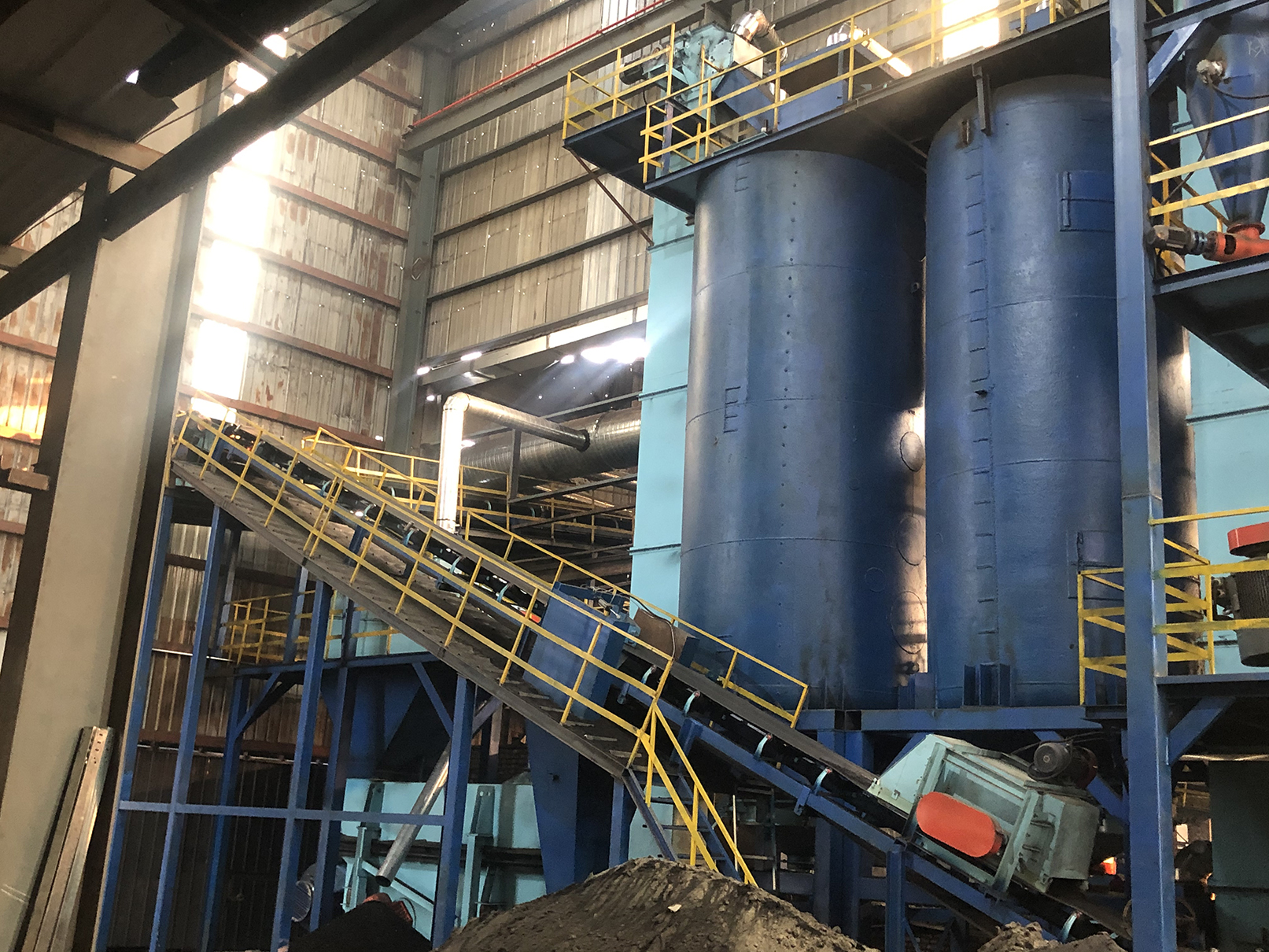- Afrikaans
- Albanian
- Amharic
- Arabic
- Armenian
- Azerbaijani
- Basque
- Belarusian
- Bengali
- Bosnian
- Bulgarian
- Catalan
- Cebuano
- China
- China (Taiwan)
- Corsican
- Croatian
- Czech
- Danish
- Dutch
- English
- Esperanto
- Estonian
- Finnish
- French
- Frisian
- Galician
- Georgian
- German
- Greek
- Gujarati
- Haitian Creole
- hausa
- hawaiian
- Hebrew
- Hindi
- Miao
- Hungarian
- Icelandic
- igbo
- Indonesian
- irish
- Italian
- Japanese
- Javanese
- Kannada
- kazakh
- Khmer
- Rwandese
- Korean
- Kurdish
- Kyrgyz
- Lao
- Latin
- Latvian
- Lithuanian
- Luxembourgish
- Macedonian
- Malgashi
- Malay
- Malayalam
- Maltese
- Maori
- Marathi
- Mongolian
- Myanmar
- Nepali
- Norwegian
- Norwegian
- Occitan
- Pashto
- Persian
- Polish
- Portuguese
- Punjabi
- Romanian
- Russian
- Samoan
- Scottish Gaelic
- Serbian
- Sesotho
- Shona
- Sindhi
- Sinhala
- Slovak
- Slovenian
- Somali
- Spanish
- Sundanese
- Swahili
- Swedish
- Tagalog
- Tajik
- Tamil
- Tatar
- Telugu
- Thai
- Turkish
- Turkmen
- Ukrainian
- Urdu
- Uighur
- Uzbek
- Vietnamese
- Welsh
- Bantu
- Yiddish
- Yoruba
- Zulu
Лис . 01, 2024 19:24 Back to list
Optimizing Thermal Efficiency in Gas Heat Exchanger Designs and Applications
Gas Heat Exchangers An Overview
Gas heat exchangers play a crucial role in various industrial applications, from power generation to chemical processing. These devices are designed to efficiently transfer heat between two or more fluids, promoting energy conservation and improved process efficiency. In this article, we will explore the significance, types, applications, and advantages of gas heat exchangers in modern industries.
At their core, gas heat exchangers operate on the principle of thermal conduction, where heat is transferred from a hotter medium (gas) to a cooler one
. This process can significantly enhance energy recovery systems, particularly in industries where high-temperature gases are a byproduct of operations, such as in combustion processes or chemical reactions. By recovering waste heat, businesses can reduce overall energy consumption, lower emissions, and improve their sustainability profile.There are several types of gas heat exchangers, each designed for specific applications and performance requirements. The most common types include shell-and-tube, plate, and finned-tube heat exchangers. Shell-and-tube heat exchangers consist of multiple tubes, with one set carrying the hot gas and the other carrying the cooler fluid. This design is robust and suitable for high-pressure applications. Plate heat exchangers, on the other hand, use thin, corrugated plates to maximize the surface area for heat transfer, making them ideal for low to medium pressure applications with smaller volumes. Finned-tube heat exchangers enhance heat transfer by adding fins to the tubes, thus increasing the surface area exposed to the gas flow.
gas heat exchanger

Gas heat exchangers find applications across various sectors. In the energy sector, they are integral to gas-fueled power plants where they recover heat from exhaust gases to preheat combustion air or feedwater, leading to higher efficiency rates. In the HVAC industry, these exchangers help maintain optimal temperatures in buildings by transferring heat between incoming and outgoing air streams. Additionally, they are used in petrochemical processes, food processing, and a range of manufacturing industries, where controlling temperature is critical for product quality and safety.
The advantages of gas heat exchangers are manifold. First and foremost, they contribute to energy savings. By recovering and reusing waste heat, companies can significantly reduce their energy costs. Secondly, they promote environmental sustainability—less energy consumption translates to lower greenhouse gas emissions. Furthermore, gas heat exchangers often have a compact design, making them easier to integrate into existing systems without extensive modifications.
Moreover, the technology behind heat exchangers is constantly evolving. Recent advancements have led to improved materials that can withstand higher temperatures and corrosive environments, enhancing both efficiency and lifespan. The integration of digital technologies allows for real-time monitoring and predictive maintenance, ensuring optimal performance and reducing downtime.
In conclusion, gas heat exchangers are a vital component of modern industrial processes. Their ability to recover waste heat not only leads to significant energy savings but also contributes to environmental sustainability. As industries continue to prioritize efficiency and renewable practices, the role of gas heat exchangers will only become more pronounced. Embracing this technology is essential for companies looking to enhance their operational efficiency and reduce their ecological footprint.
-
Reinforced Concrete Pipe Mold/Mould Pallets & Bottom Rings - Durable Solutions
NewsApr.29,2025
-
Original Supplier of Concrete Pipe Mould Bottom Rings Durable & Custom Solutions
NewsApr.29,2025
-
AODD Pumps Premium Custom & ODM Solutions Buy Direct
NewsApr.29,2025
-
Custom Cast Steel Pipe Mould Pallets Durable & Precision-Made
NewsApr.28,2025
-
Custom FRC Concrete Pipe Pallets & Molds High-Strength Solutions
NewsApr.28,2025
-
High-Durability Stamping Concrete Pipe Mould Bottom Ring Buy & Custom
NewsApr.28,2025


